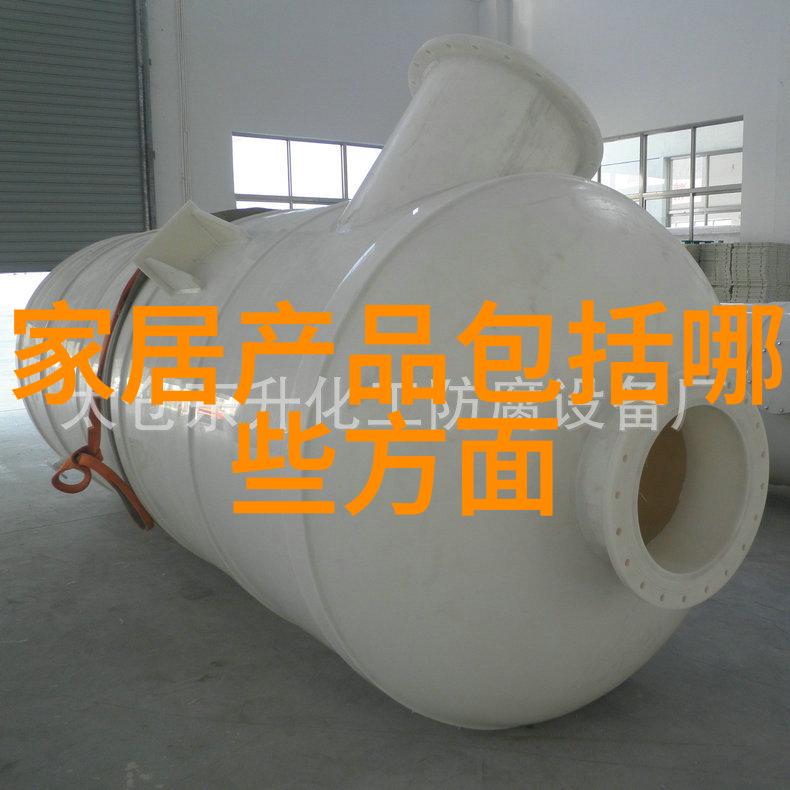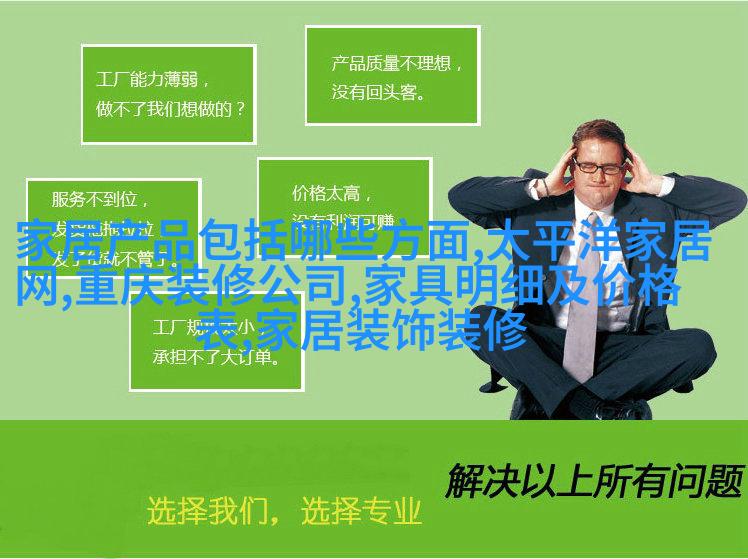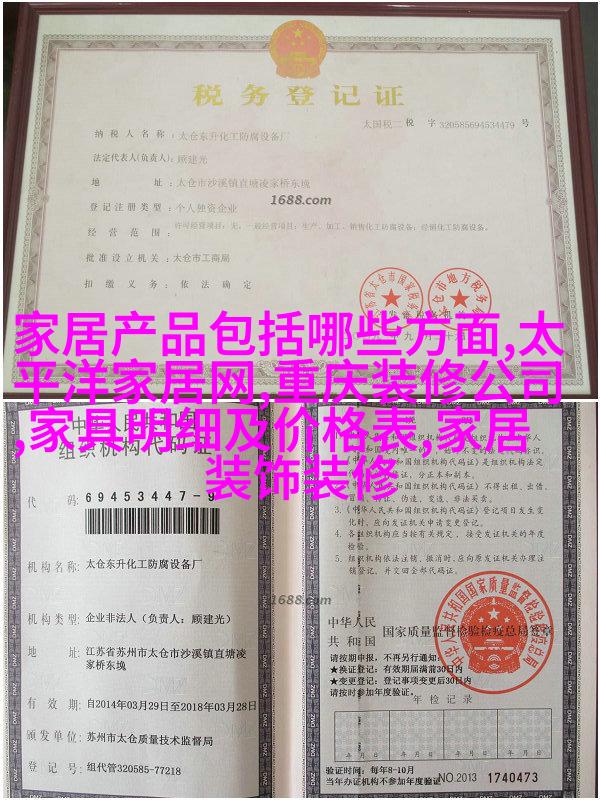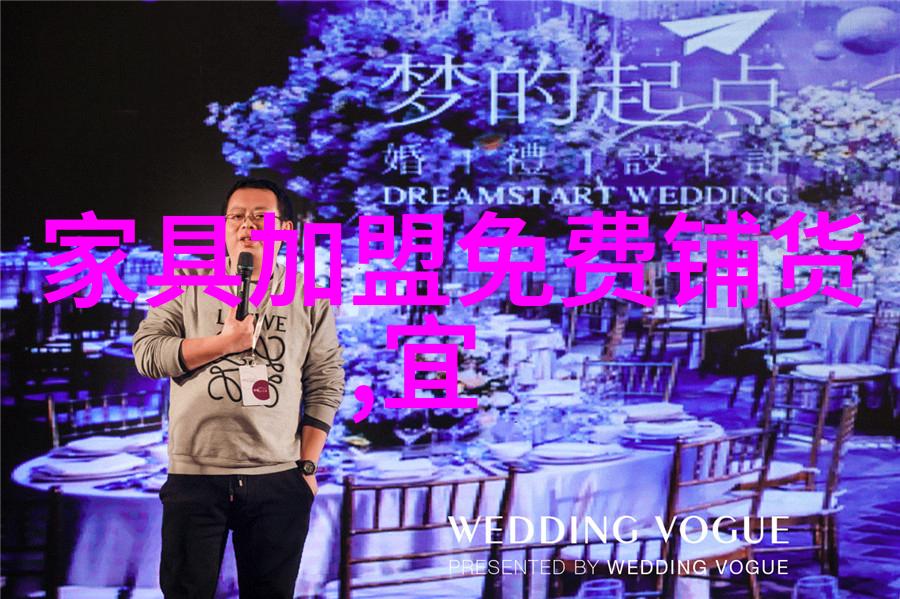服装流行趋势的英文 - The Evolution of Fashion Trends in Eng
The Evolution of Fashion Trends in English: A Stylish Journey Through Time

Fashion trends are ever-changing, and the way we express ourselves through clothing is a reflection of our culture, society, and historical context. The evolution of fashion trends has been influenced by various factors such as social movements, technological advancements, and cultural exchange. This article will take you on a journey through time to explore some significant fashion trends that have shaped our understanding of style and beauty.
Victorian Era (1837-1901)

During the Victorian era, women's clothing was characterized by corsets, bustles, and long skirts that restricted their movement but emphasized modesty. Men wore three-piece suits with top hats and carried canes as symbols of masculinity.
Roaring Twenties (1920s)

The Roaring Twenties saw a shift towards greater freedom for women in terms of dress code. Flapper dresses were popularized – loose-fitting garments that allowed for more mobility than earlier styles had provided. For men, slim-fit suits with fedoras became fashionable.
1960s Counterculture

In the 1960s counterculture movement emerged with its own distinct fashion trend called "hippie chic." Bell-bottom jeans were worn along with tie-dye shirts or peasant blouses while flowers adorned hairdos to express peace-loving sentiments.
Minimalism (1970s-1980s)

Minimalist fashion dominated this period characterized by simple lines without excessive embellishments or logos on clothes like Levi's jeans or Calvin Klein underwear for both men and women.
Grunge Movement (1990s)
Grunge music inspired grunge fashion among young people who rejected traditional corporate attire in favor of ripped jeans, flannel shirts over T-shirts or tank tops – an anti-fashion statement reflecting their rejection of mainstream culture.
6.The Digital Age (2000-present)
Today we see digital technology influencing every aspect including how we shop for clothes online from different parts worldwide using platforms like ASOS or Zara Home Delivery service which caters to those preferring home delivery instead going out shopping centers; fast-fashion retailers offering trendy designs at affordable prices via global supply chains driven by e-commerce platforms; sustainability becoming increasingly important as consumers become more environmentally conscious leading brands incorporating eco-friendly fabrics into collections such as organic cotton produced without pesticides use during farming process alongside recycling initiatives implemented within factories themselves reducing waste generation thereon contributing positively towards green living practices while still maintaining high quality standards ensuring durability despite sustainable material choices being made accessible not just luxury segments anymore but also entry-level consumers too benefiting from these changes henceforth impacting future generations positively allowing them grow up healthier due better air quality because less pollution caused industrial processes resulting lower greenhouse gas emissions overall benefitting environment tremendously thus paving way forward toward better times ahead indeed!



